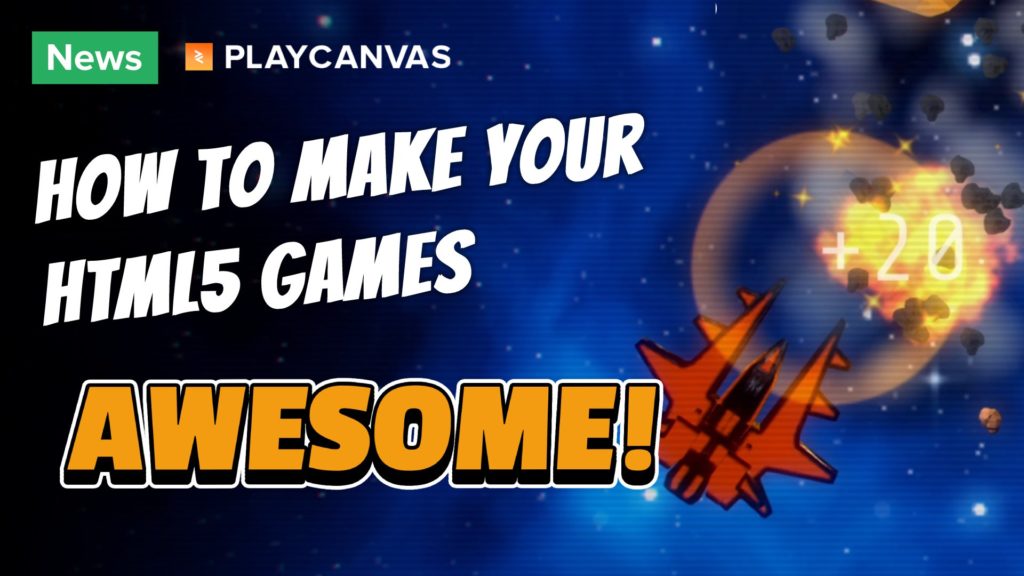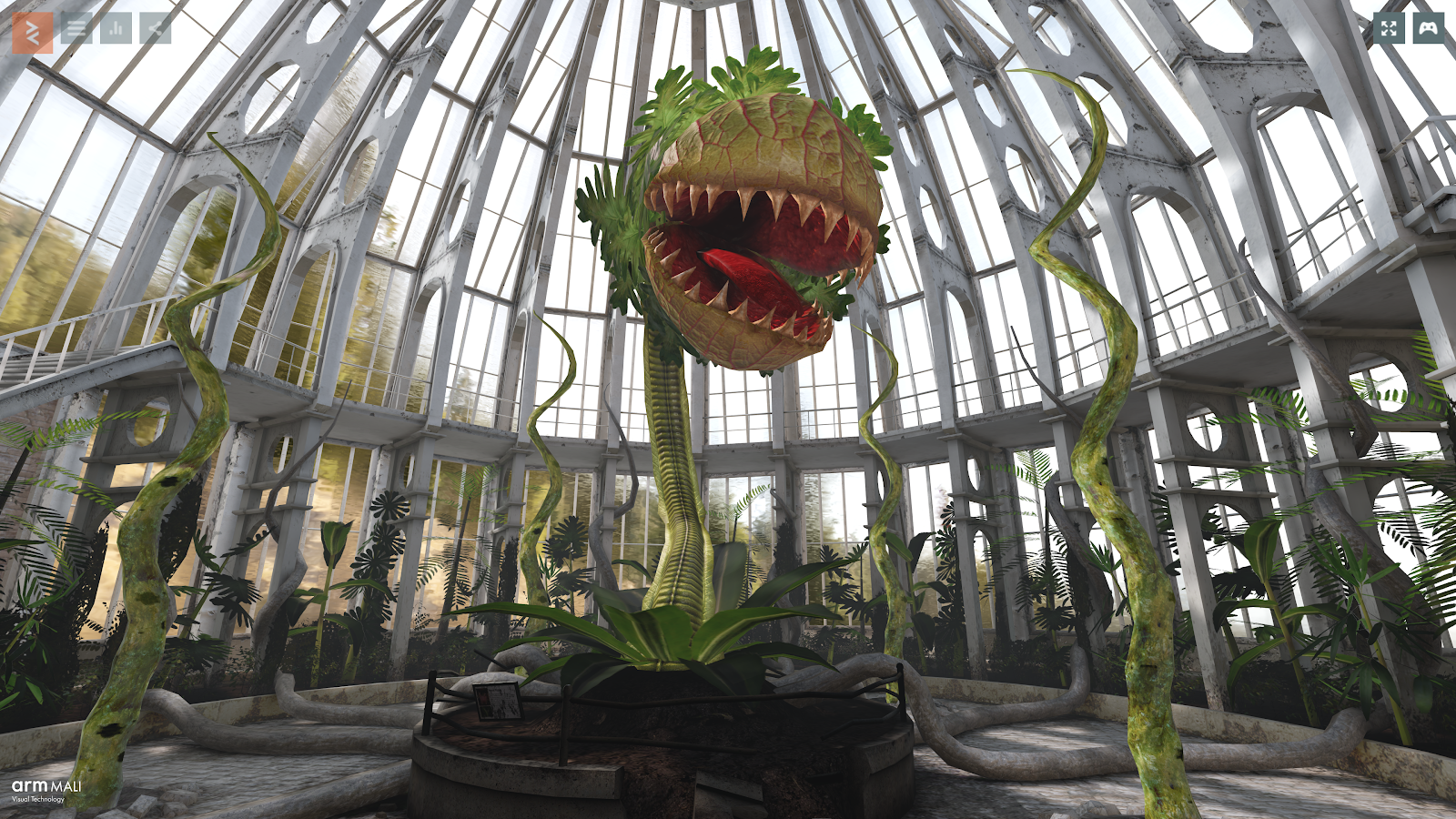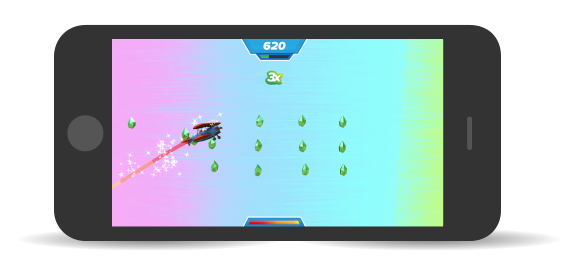How to make your HTML5 Games Awesome!

The quality of a video game is often determined by how polished it is. It's the attention to detail and the finishing touches that can make a good game great. In this article, we'll take a look at the importance of polish in game development and how it can significantly enhance the overall experience.




